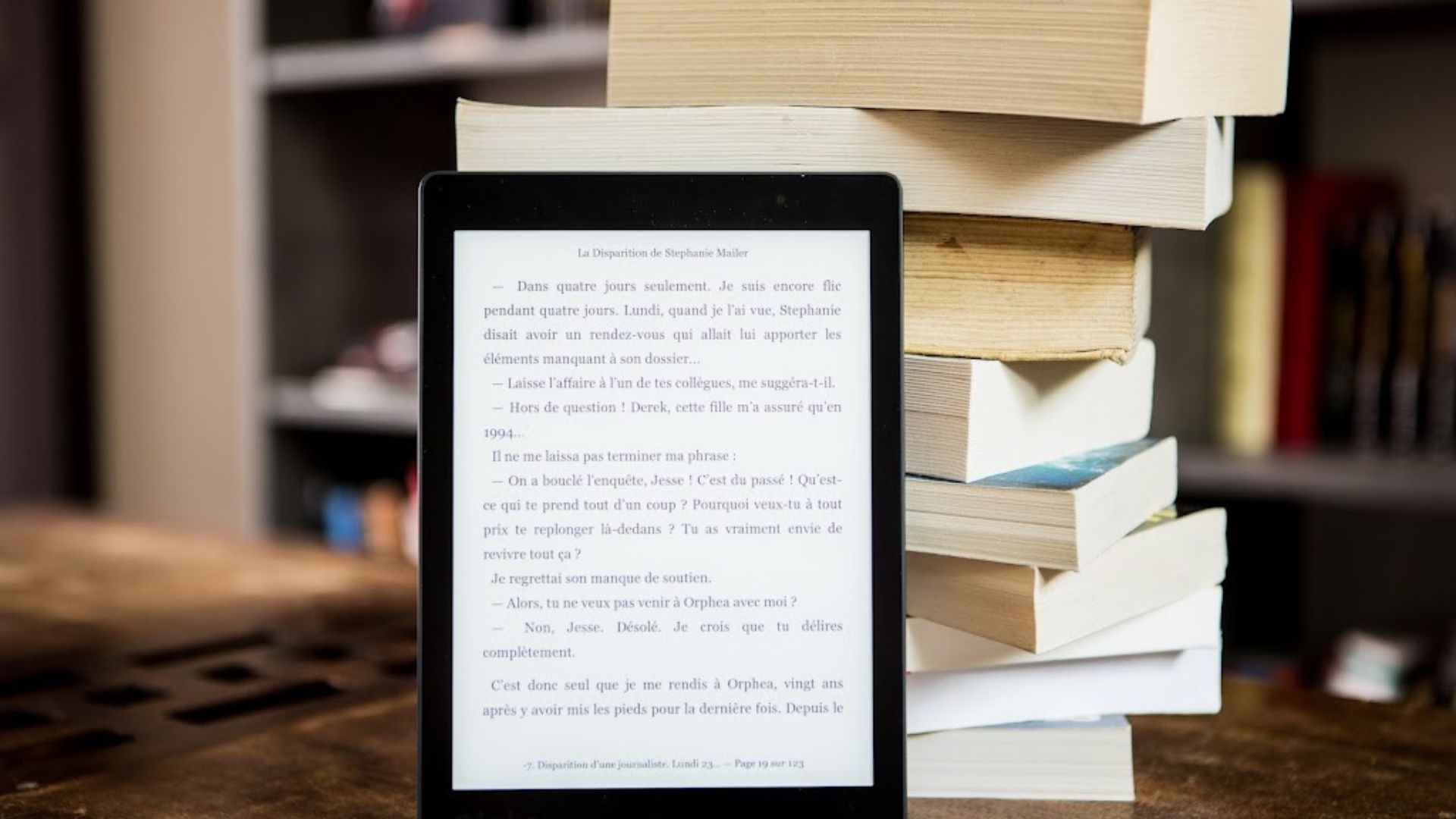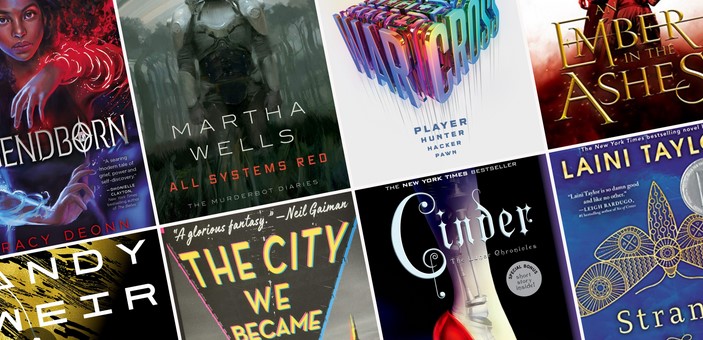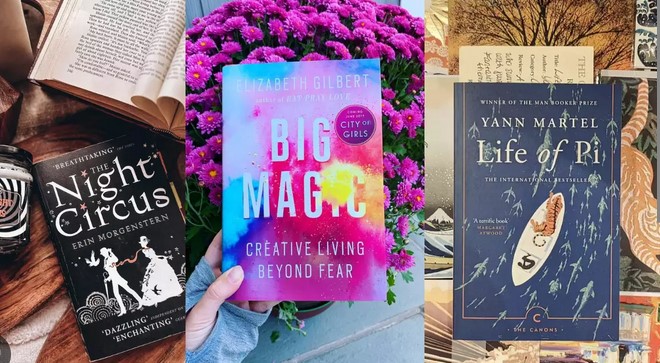Ebooks have revolutionized the way we consume literature, offering unparalleled convenience, accessibility, and portability. As the digital world continues to evolve, so does the future of ebooks. From innovations in technology to shifts in consumer behavior, the ebook industry is poised for exciting developments in the years to come. In this article, we’ll explore what the future holds for ebooks, including technological advancements, emerging trends, and how they might change the reading experience.

Enhanced Ebooks with Multimedia Features
What’s Happening Now:
Currently, many ebooks are still relatively simple, with text-based content and some basic features like hyperlinks, images, and illustrations. However, with the rise of multimedia technology, ebooks are becoming more dynamic. Enhanced ebooks, or interactive ebooks, are already beginning to incorporate elements like videos, sound effects, animations, and interactive quizzes, allowing readers to engage with the content in entirely new ways.
What’s Next:
- Video and Audio Integration: As ebooks evolve, we can expect greater integration of multimedia elements. Imagine a history ebook where you can watch historical events unfold through video, or a children’s book with embedded audio that narrates the story as you read.
- Augmented Reality (AR): AR technology can bring ebooks to life in ways never seen before. For example, a reader could point their device’s camera at the page and see characters or objects from the story pop up in 3D, creating a highly immersive experience.
Why It Matters:
These advancements will create a more interactive, engaging experience, allowing authors and publishers to push the boundaries of storytelling while giving readers a more sensory, multi-layered form of literature.
Artificial Intelligence in Ebook Personalization
What’s Happening Now:
While most ebooks today provide a standard reading experience, there’s growing interest in the application of artificial intelligence (AI) to personalize and optimize ebook consumption. From recommendations based on your reading history to features that suggest books that fit your mood, AI has already started to play a role in how we interact with ebooks.
What’s Next:
- AI-Generated Content: AI could take on a more prominent role in ebook creation. Imagine a scenario where AI is used to generate personalized chapters or even entire books based on the reader’s preferences, habits, and interests.
- Dynamic Book Customization: AI might also allow for personalized adjustments to text size, fonts, and even narrative elements. For example, AI could tailor the plot or dialogue to reflect the reader’s emotional state, preferences, or learning goals.
Why It Matters:
AI will make the ebook experience more tailored to individual tastes, enhancing user satisfaction and engagement. It will also open up new possibilities for content creation and publishing, making ebooks more adaptable and versatile.
Sustainability in Ebook Publishing
What’s Happening Now:
Ebooks are often touted as a more sustainable alternative to traditional paper books due to their lack of physical production and shipping. However, the environmental impact of digital devices and the energy consumed by servers also contribute to a carbon footprint.
What’s Next:
- Green Publishing Practices: As environmental concerns grow, ebook publishers will likely embrace greener practices. This could include the use of more energy-efficient digital infrastructure, lower-impact devices, and initiatives to offset carbon emissions linked to digital content consumption.
- Recyclable e-readers: Manufacturers of e-readers like Kindle and Nook may explore more sustainable designs, using recyclable materials and reducing the environmental impact of the production and disposal of e-readers.
Why It Matters:
The ebook industry must continue to evolve to meet sustainability goals, addressing both the environmental benefits and challenges of digital reading. As the world becomes more eco-conscious, publishers, authors, and tech companies will likely innovate to reduce the carbon footprint of digital reading.
Growth of Interactive and Educational Ebooks
What’s Happening Now:
Ebooks have long been used in education, but the potential for ebooks in this space is only beginning to be tapped. With features like text-to-speech, note-taking, and hyperlinking, ebooks have made learning more accessible and interactive.
What’s Next:
- Collaborative Learning: The future of educational ebooks may involve real-time collaboration features where students can highlight, comment, and share insights directly within the ebook. Teachers may use interactive features to conduct live quizzes or interactive lessons embedded into the text.
- Gamified Learning: Ebooks could integrate game-like elements, where readers earn points or rewards as they progress through educational material, enhancing motivation and engagement, particularly in STEM (science, technology, engineering, and math) fields.
- Virtual Learning Environments: Educational ebooks could incorporate AR, VR, or mixed reality (MR), allowing students to interact with educational content in immersive ways, such as touring historical sites or exploring the human body in 3D.
Why It Matters:
The future of ebooks in education holds great promise for enhancing learning experiences and making them more engaging, interactive, and personalized. These innovations will empower students and educators to unlock new methods of teaching and learning.
Final Thoughts
The future of ebooks is filled with exciting possibilities, from interactive storytelling to personalized content and more sustainable practices. As technology continues to evolve, ebooks will become increasingly immersive, engaging, and accessible to readers of all ages and backgrounds. Whether it’s through AI-driven recommendations, multimedia features, or new distribution models, the next chapter in ebook innovation promises to be as dynamic as the digital age itself. If you’re an avid reader or someone just beginning to explore ebooks, the future holds a world of exciting new opportunities for both creators and consumers.










